On an area of more than 4,016 hectares of special-use forest, surveys over the years have recorded 734 plant species, 33 mammal species, 58 bird species and many precious medicinal herbs such as golden camellia, golden orchid, ginseng, and Gynostemma pentaphyllum... This richness shows that Tan Trao forest is a relatively pristine ecosystem, where tropical rainforests and subtropical forests intersect.
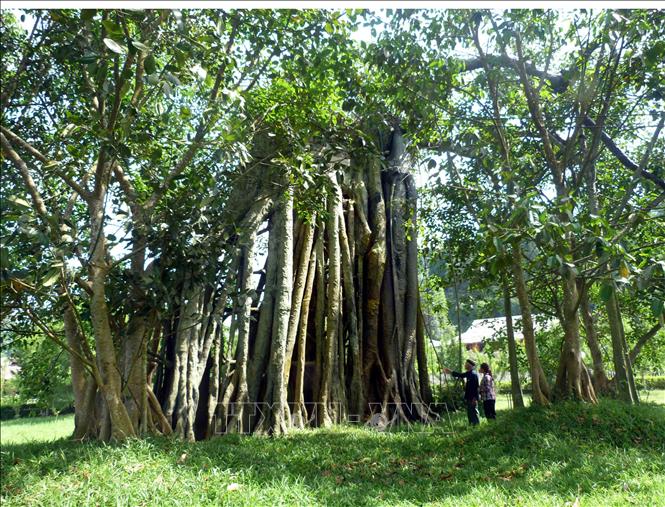
Ecological space supporting the "Liberated Zone Capital"
That forest space is also the green coat protecting important relic sites: Tan Trao Communal House - where the National Congress adopted the National Flag and National Anthem; Na Nua hut - where President Ho Chi Minh lived and worked; Tan Trao banyan tree - where General Vo Nguyen Giap read Military Order No. 1. Historical value and ecological value blend together, creating a very unique identity of Tan Trao land.
Mr. Nguyen Cong Phuong, Deputy Head of Forest Protection Department Area I under the Forest Protection Department of Tuyen Quang province, emphasized: "Tan Trao is a place where both historical and natural values converge. Protecting the forest here is also preserving the sacred space of the revolution. We always identify the dual task: Protecting the forest - Protecting relics".

In recent years, the conservation and management of Tan Trao special-use forests have been systematically implemented according to the Sustainable Forest Management Plan for the period 2022-2030. The Forest Protection Department of Region I coordinated with the Forest Management Board and the authorities of the communes to conduct a survey of the current status, map forest resources, delineate priority conservation areas and develop a restoration plan in the direction of "Indigenous - ecological - sustainable forests".
Hundreds of hectares of forest have been newly planted or enriched with green lim, green doi, lat hoa, cho chi… These trees contribute to restoring forest structure, increasing coverage and creating suitable habitats for wildlife. Important relic sites are also better protected thanks to the surrounding native forest system.
A notable direction is to develop medicinal plants under the forest canopy on a large scale. Plants such as Gù hương, golden camellia, and Kim Tuyen orchids have both ecological value and economic benefits for people in the buffer zone. This is considered a green livelihood model, reducing dependence on forest exploitation and creating motivation for the community to actively participate in forest protection.
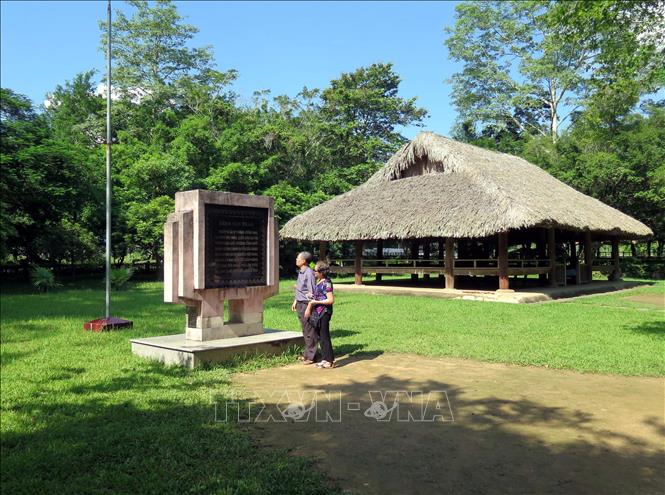
Mr. Nguyen Cong Phuong added that when people have income from the forest, they will become the best forest protectors. Although the forest ranger force is small, the effectiveness will be much greater if the community participates.
Along with that, the application of technology such as GIS, GPS, and digital biodiversity databases has helped patrol and monitoring activities become more effective and transparent. Areas at risk of forest fires and habitat encroachment are warned early; ecotourism routes are arranged appropriately to minimize impacts on the core area.
Spreading forest values
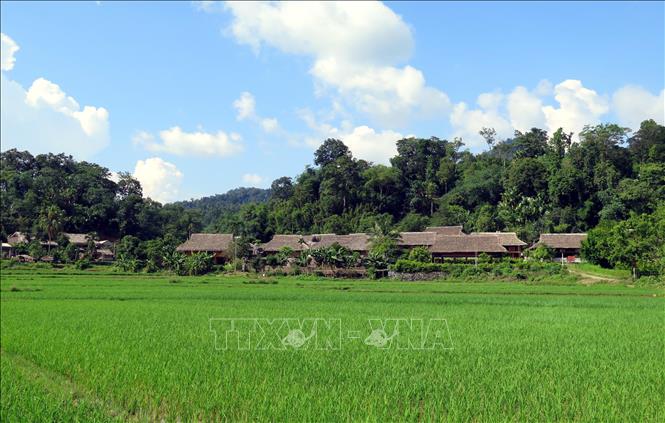
Through efforts to preserve the forest, Tan Trao is gradually becoming a model combining nature conservation, traditional education and sustainable ecotourism development. Visitors coming here not only find their historical roots, but also experience the green forest space, learn about endemic plants, listen to the stories of forest rangers, and experience community life.
Many households have boldly developed homestays, experiential services, and cultural and historical guides, helping to increase income and diversify livelihoods. Indigenous knowledge of medicinal plants, natural signs, and sustainable forest management has become an important resource connecting the past, present, and future.
According to Mr. Nguyen Cong Phuong, Tan Trao is not only a relic to visit, but also a living ecosystem, where every tree and animal has value. Good conservation today will be a gift left to future generations.
Tan Trao, the land associated with the historical turning point of the nation, is continuing to write a new journey: the journey of green development, of heritage conservation with the power of nature, science and community. When the forest is preserved, Tan Trao will not only be greener, more beautiful, but also more sustainable - just like the immortal spirit of the August Revolution that originated here.
Source: https://baotintuc.vn/xa-hoi/phat-huy-gia-tri-da-dang-sinh-hoc-khu-di-tich-quoc-gia-dac-biet-tan-trao-20251125064306218.htm




![[Photo] Close-up of Ba Ha River Hydropower Plant operating to regulate water to downstream](/_next/image?url=https%3A%2F%2Fvphoto.vietnam.vn%2Fthumb%2F1200x675%2Fvietnam%2Fresource%2FIMAGE%2F2025%2F11%2F25%2F1764059721084_image-6486-jpg.webp&w=3840&q=75)

![[Photo] Prime Minister Pham Minh Chinh receives Governor of Gunma Prefecture (Japan) and Special Advisor to the Japan-Vietnam Friendship Parliamentary Alliance](/_next/image?url=https%3A%2F%2Fvphoto.vietnam.vn%2Fthumb%2F1200x675%2Fvietnam%2Fresource%2FIMAGE%2F2025%2F11%2F25%2F1764066321008_dsc-1312-jpg.webp&w=3840&q=75)



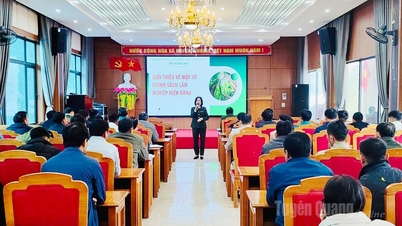

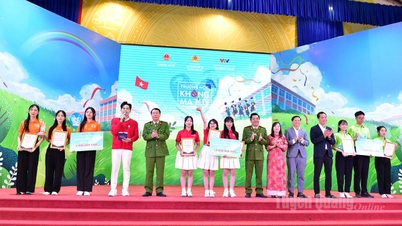


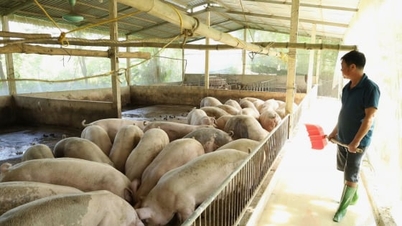

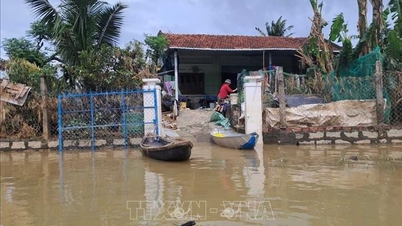




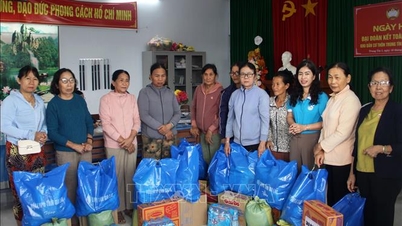







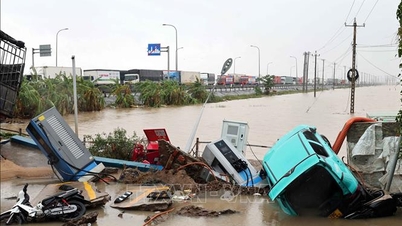


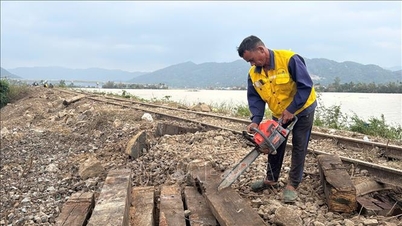


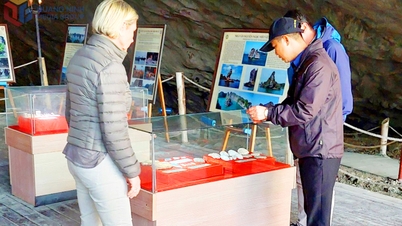


















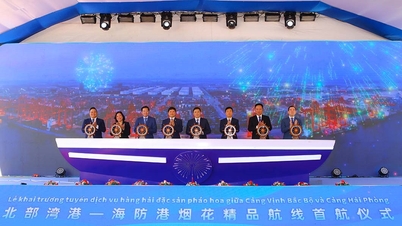

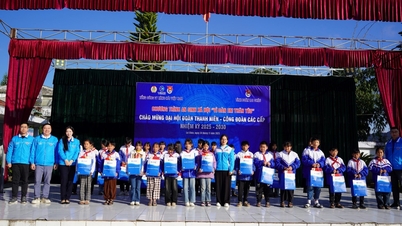


![[Answer] Should I install an elevator for an old renovated house?](https://vphoto.vietnam.vn/thumb/402x226/vietnam/resource/IMAGE/2025/11/25/1764039191595_co-nen-lap-thang-may-cho-nha-cai-tao-cu-khong-04.jpeg)
















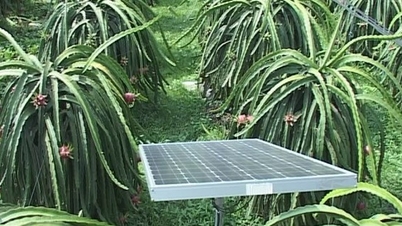

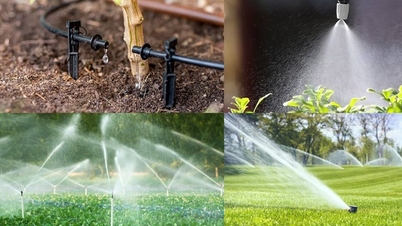

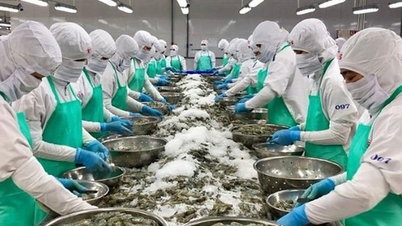
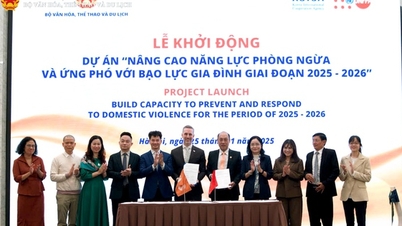






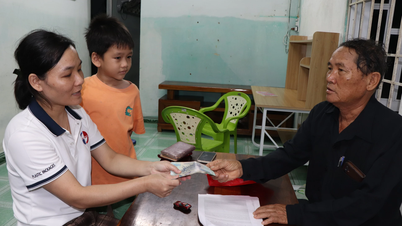
















Comment (0)